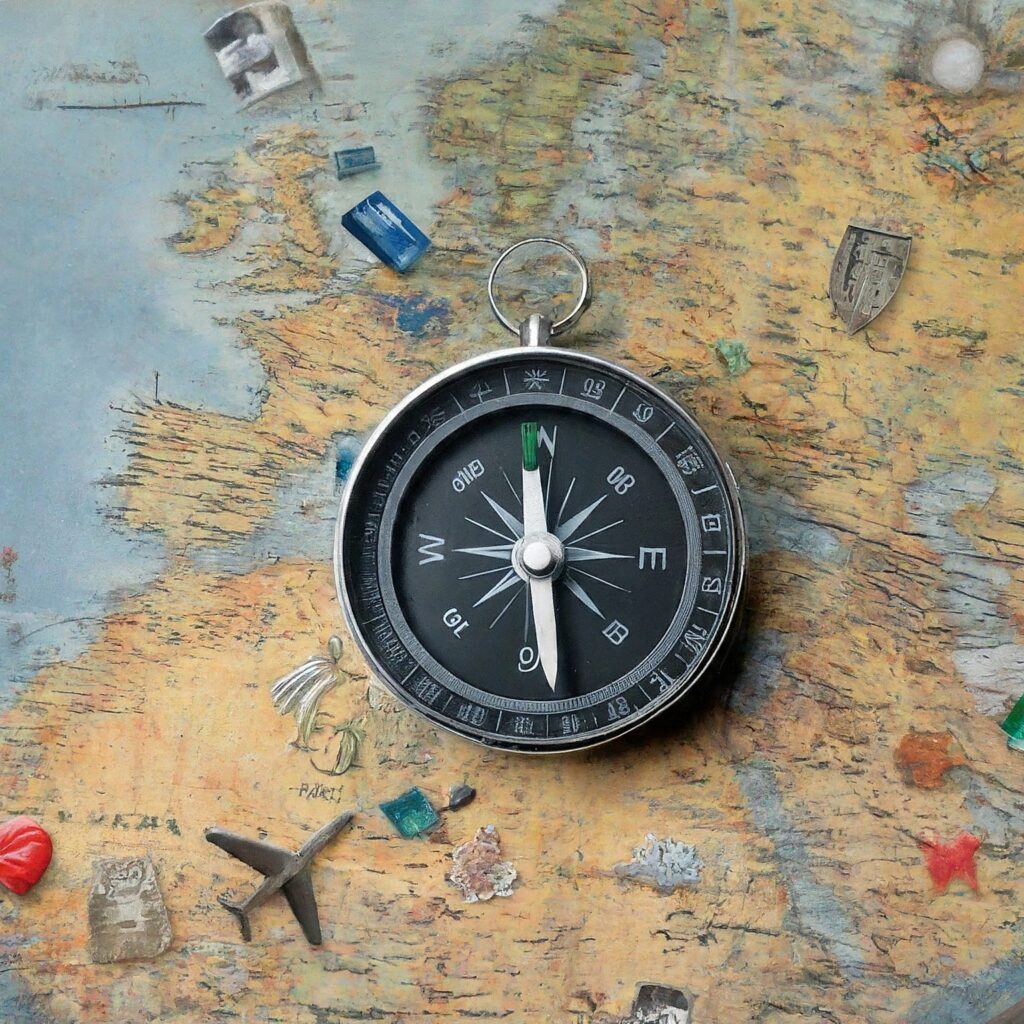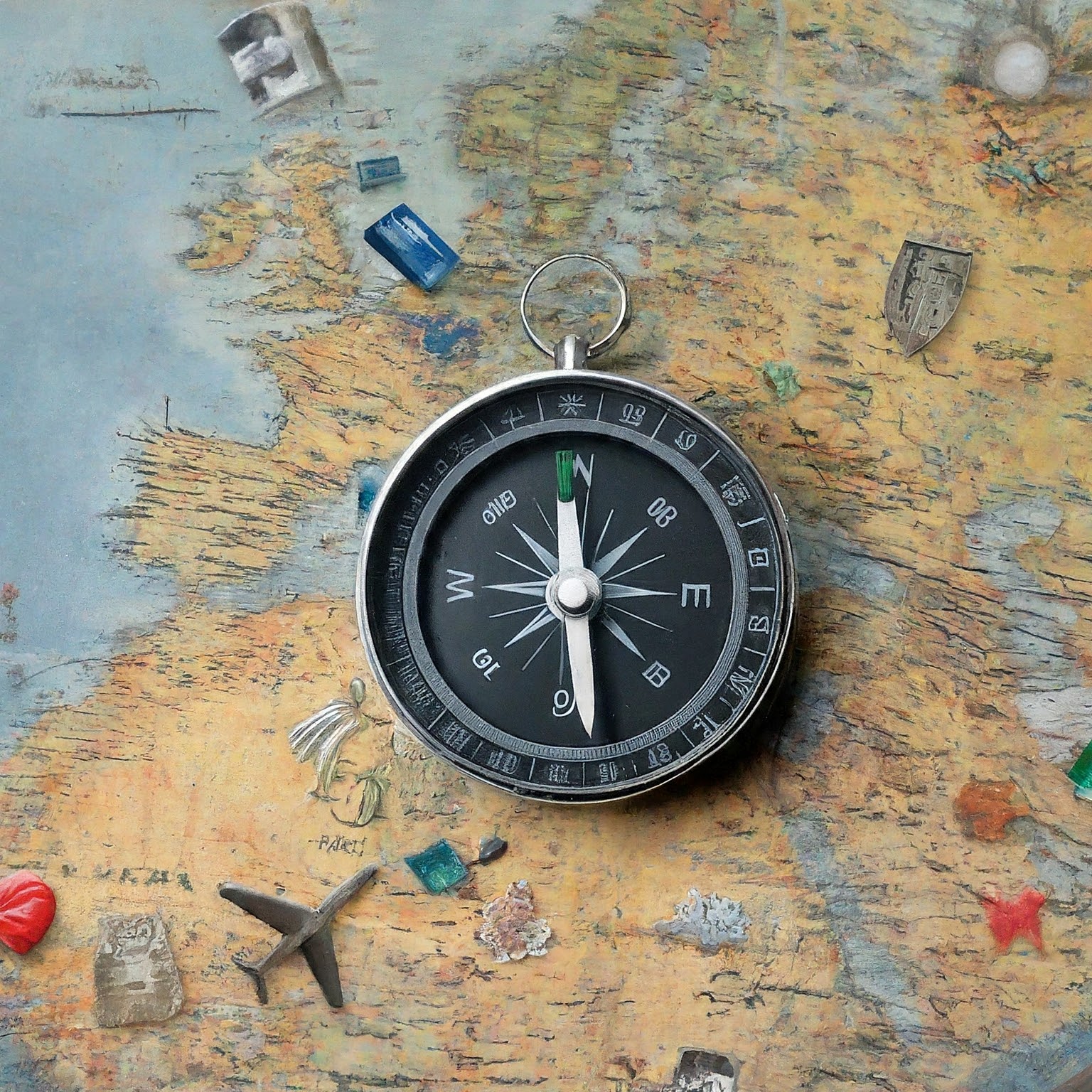
Traveling opens the door to adventure, cultural enrichment, and personal growth. Whether you’re embarking on a once-in-a-lifetime vacation, a business trip, or a family visit, the prospect of a journey is exciting. However, along with the anticipation comes the potential for unexpected events that could disrupt your plans. This is where travel assurance steps in, offering a safety net to protect you and your investment. This article explores the various facets of travel assurance, its significance, and how to make informed choices to ensure a worry-free travel experience.
The Importance of Travel Assurance
Travel assurance, commonly referred to as travel insurance, is a specialized form of insurance designed to mitigate the financial risks associated with traveling. These risks can include medical emergencies, trip cancellations, lost baggage, travel delays, and more. The primary goal of travel assurance is to provide peace of mind by covering unexpected costs and providing support when things don’t go as planned.
Key Components of Travel Assurance
- Medical and Health Coverage: Health issues can arise at any time, and medical expenses abroad can be exorbitant. Travel assurance typically covers emergency medical treatments, hospitalization, and medical evacuation if necessary. This coverage is crucial, especially in countries where healthcare costs are high or where your domestic health insurance doesn’t extend coverage.
- Trip Cancellation and Interruption: Life is unpredictable, and circumstances might force you to cancel or cut short your trip. Travel assurance can reimburse non-refundable expenses like flights, hotels, and tours if you need to cancel for covered reasons such as illness, injury, or unforeseen events like severe weather or political unrest.
- Baggage and Personal Belongings: Lost, stolen, or delayed baggage can be a significant inconvenience. Travel assurance can compensate you for the loss or delay, allowing you to replace essential items and continue your trip with minimal disruption.
- Travel Delays: Delays due to weather, mechanical issues, or other unforeseen events can derail your plans. Travel assurance can cover additional expenses incurred during these delays, such as meals, accommodations, and transportation.
- Emergency Assistance: Many travel assurance policies include 24/7 emergency assistance services. These services can help you find medical facilities, replace lost passports, or make emergency travel arrangements, providing crucial support when you need it most.
Types of Travel Assurance Policies
Travel assurance policies come in various forms, each tailored to different types of travelers and travel experiences. Understanding these options can help you choose the right coverage for your needs:
- Single-Trip Insurance: This policy covers a single trip from start to finish. It’s ideal for occasional travelers who want protection for a specific journey.
- Multi-Trip Insurance: Also known as annual travel insurance, this policy covers multiple trips within a year. Frequent travelers can benefit from this cost-effective option that provides ongoing coverage.
- Family Travel Insurance: Designed for families, this policy covers all family members traveling together under one plan. It’s a convenient and often more economical choice than purchasing individual policies.
- Specialized Insurance: Some policies cater to specific needs, such as adventure sports coverage for thrill-seekers, business travel insurance for professionals, or cruise travel insurance for those setting sail.
Tips for Choosing the Right Travel Assurance Policy
Selecting the right travel assurance policy involves careful consideration of your travel plans and personal circumstances. Here are some tips to guide you:
- Evaluate Your Needs: Assess the nature of your trip, the activities you’ll engage in, and the potential risks. For example, if you’re planning an adventure vacation, ensure your policy includes coverage for extreme sports.
- Compare Policies: Research and compare policies from different insurers. Look at the coverage limits, exclusions, and additional benefits to find the best fit for your needs.
- Read the Fine Print: Understanding what is and isn’t covered is crucial. Pay attention to policy details such as exclusions, waiting periods, and the process for filing claims.
- Check the Insurer’s Reputation: Choose a reputable insurance provider with positive customer reviews and a strong track record of handling claims efficiently.
- Consider the Cost: While it’s important to find a policy within your budget, ensure it provides adequate coverage. Sometimes, spending a little more can offer significantly better protection.
Conclusion
Travel assurance is an essential investment for any traveler, providing a safety net against the unforeseen challenges that can arise during a trip. By understanding the components of travel assurance, the types of policies available, and how to choose the right coverage, you can ensure that your travel experiences remain enjoyable and stress-free. Before you embark on your next adventure, take the time to secure the right travel assurance policy, and travel with confidence knowing you’re protected against the unexpected.
